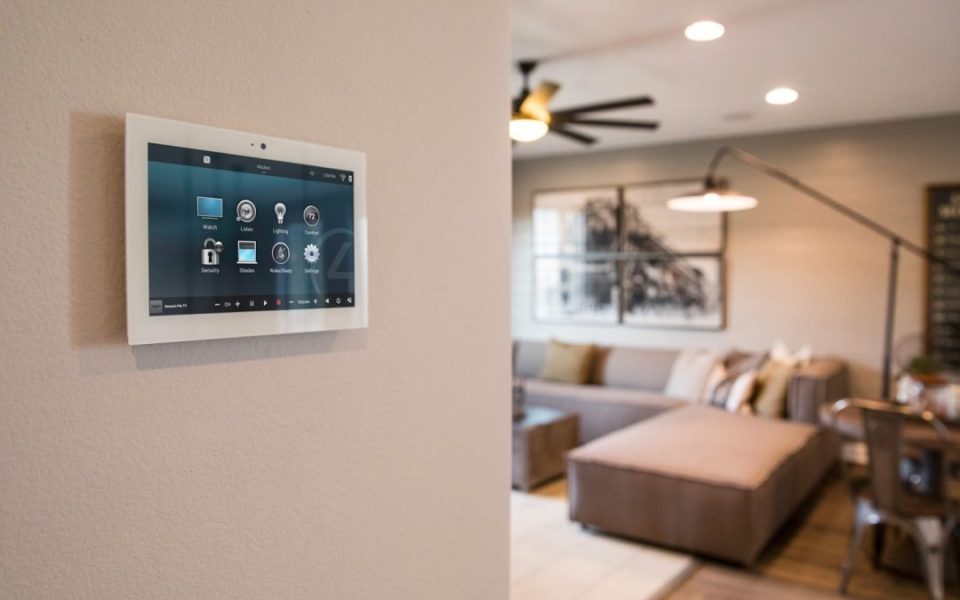In recent years, the concept of the “smart home” has transformed from a futuristic fantasy into a practical reality for many homeowners. The integration of smart devices has brought unprecedented convenience, efficiency, and control over various aspects of home life. From controlling the thermostat with a voice command to managing security cameras while on vacation, the possibilities are limitless. However, as the number of smart devices continues to grow, it can be overwhelming to manage and optimize them effectively. To make the most out of your smart home, here are the top 10 tips for better utilizing your smart devices and creating a truly connected, efficient living space.
1. Start with a Central Hub
One of the most effective ways to ensure your smart home runs smoothly is by starting with a central hub. This is the backbone of your connected system, allowing you to manage all of your devices from one place. Popular hubs include Amazon Echo, Google Nest Hub, and Apple HomePod, each of which serves as the command center for your devices. A central hub allows you to control everything from your thermostat and lights to security cameras and smart locks, often with just your voice. Investing in a reliable hub can streamline your smart home experience and make it easier to integrate new devices as you expand your ecosystem.
2. Use Voice Control for Convenience
Voice control is perhaps the most popular feature of smart homes, and for good reason. Whether it’s adjusting the lighting, setting the temperature, or playing music, voice assistants like Amazon Alexa, Google Assistant, and Apple Siri allow you to perform tasks hands-free. This is not only incredibly convenient but can also save you time, especially when you’re busy with other tasks. Learn the basic voice commands for your devices and get into the habit of using them regularly. Over time, you’ll find that voice control can significantly improve the efficiency and enjoyment of managing your home.
3. Automate Routine Tasks
One of the primary benefits of smart home devices is automation. The power to automate everyday tasks can free up your time and make life more convenient. For instance, you can set your lights to turn on automatically when the sun sets, or program your thermostat to adjust the temperature when you leave for work. Most smart home platforms allow you to set schedules or create triggers, so you can automate tasks based on time, location, or even events. By utilizing automation, you can ensure your home is always comfortable and energy-efficient without needing to remember every task.
4. Invest in Smart Lighting for Energy Efficiency
Smart lighting is one of the easiest and most impactful upgrades you can make to your home. LED bulbs that are part of a smart lighting system, such as Philips Hue or LIFX, offer customizable settings and energy efficiency. You can control brightness, color, and even create ambiance with a simple voice command or app. Moreover, many smart lighting systems allow you to set schedules so that the lights automatically turn off when you’re not home, saving both energy and money. To maximize the benefits of smart lighting, consider adding motion sensors to automatically turn lights on or off when someone enters or leaves a room.
5. Monitor Your Energy Usage with Smart Plugs
Smart plugs are an affordable and straightforward way to manage energy consumption. By plugging everyday devices like coffee makers, lamps, or fans into smart plugs, you can monitor and control them remotely. Many smart plugs also feature energy monitoring, so you can track how much electricity each device is consuming. Some even allow you to set timers or schedules for when devices should turn on or off. This can help you eliminate energy waste and avoid leaving devices running unnecessarily, ultimately reducing your energy bills.
6. Enhance Home Security with Smart Devices
Home security is one of the most valuable benefits of a smart home, offering peace of mind by keeping an eye on your property even when you’re not around. Smart cameras, such as Ring or Nest Cam, let you monitor your front door, driveway, or backyard remotely, sending notifications when motion is detected. Smart doorbells provide added convenience, allowing you to see and speak to visitors via your smartphone, no matter where you are. Pair these cameras with smart locks to manage entry to your home—whether you need to let a family member in or secure your house at night. Together, these devices help create a secure and easily manageable security system that can be monitored from anywhere.
7. Upgrade to a Smart Thermostat for Better Comfort
A smart thermostat is an essential device for enhancing comfort and reducing energy consumption. Devices like the Nest Thermostat or Ecobee can learn your temperature preferences over time and adjust automatically to maintain your desired climate. They can also detect when you’re home or away, adjusting the temperature accordingly to avoid wasting energy. Many smart thermostats allow you to control the temperature remotely via a smartphone app, making it possible to warm up or cool down your home before you even walk through the door. By using a smart thermostat, you can significantly reduce energy costs without sacrificing comfort.
8. Integrate Entertainment Devices for Seamless Control
A truly smart home should integrate entertainment devices as well. Smart speakers, sound systems, and TVs can all be connected to your home’s central hub, enabling you to control your entertainment system with ease. Voice commands like “Alexa, play my favorite playlist” or “Hey Google, turn off the TV” can enhance the convenience of managing your entertainment without the need for remotes or apps. Smart TVs also often come with built-in voice assistants, allowing you to search for shows or movies, adjust settings, or even control connected devices using just your voice. By consolidating all your entertainment devices into your smart home system, you create a more cohesive, user-friendly experience.
9. Regularly Update Device Firmware
As with any technology, keeping your smart home devices updated is crucial for maintaining security and functionality. Many smart devices receive firmware updates that improve performance, add new features, or patch security vulnerabilities. Most updates happen automatically, but it’s always a good idea to check your devices periodically for any available updates. Keeping your devices up to date will ensure that they continue to function smoothly, protecting your home from potential security risks and ensuring compatibility with new devices and platforms.
10. Expand Your Smart Home Gradually
Building a smart home can be an exciting journey, but it’s important to expand your ecosystem gradually to avoid feeling overwhelmed. Start with a few essential devices—such as a smart thermostat, smart lights, and a security camera—and slowly add new devices as you become more comfortable with the technology. Take time to learn how each device works and how it integrates with your existing system. This approach ensures that you can build a smart home that suits your needs and budget, without making impulsive purchases that may not fit your lifestyle.
Conclusion
Mastering your smart home devices can seem daunting at first, but by following these 10 tips, you’ll soon be reaping the benefits of a truly connected living space. Starting with a central hub, utilizing voice control, and automating tasks are just the beginning. By focusing on energy efficiency, security, comfort, and entertainment, you can transform your home into an intelligent, intuitive, and efficient environment. As technology continues to evolve, smart devices will only become more advanced, making it easier to create a home that adapts to your needs and enhances your everyday life.

